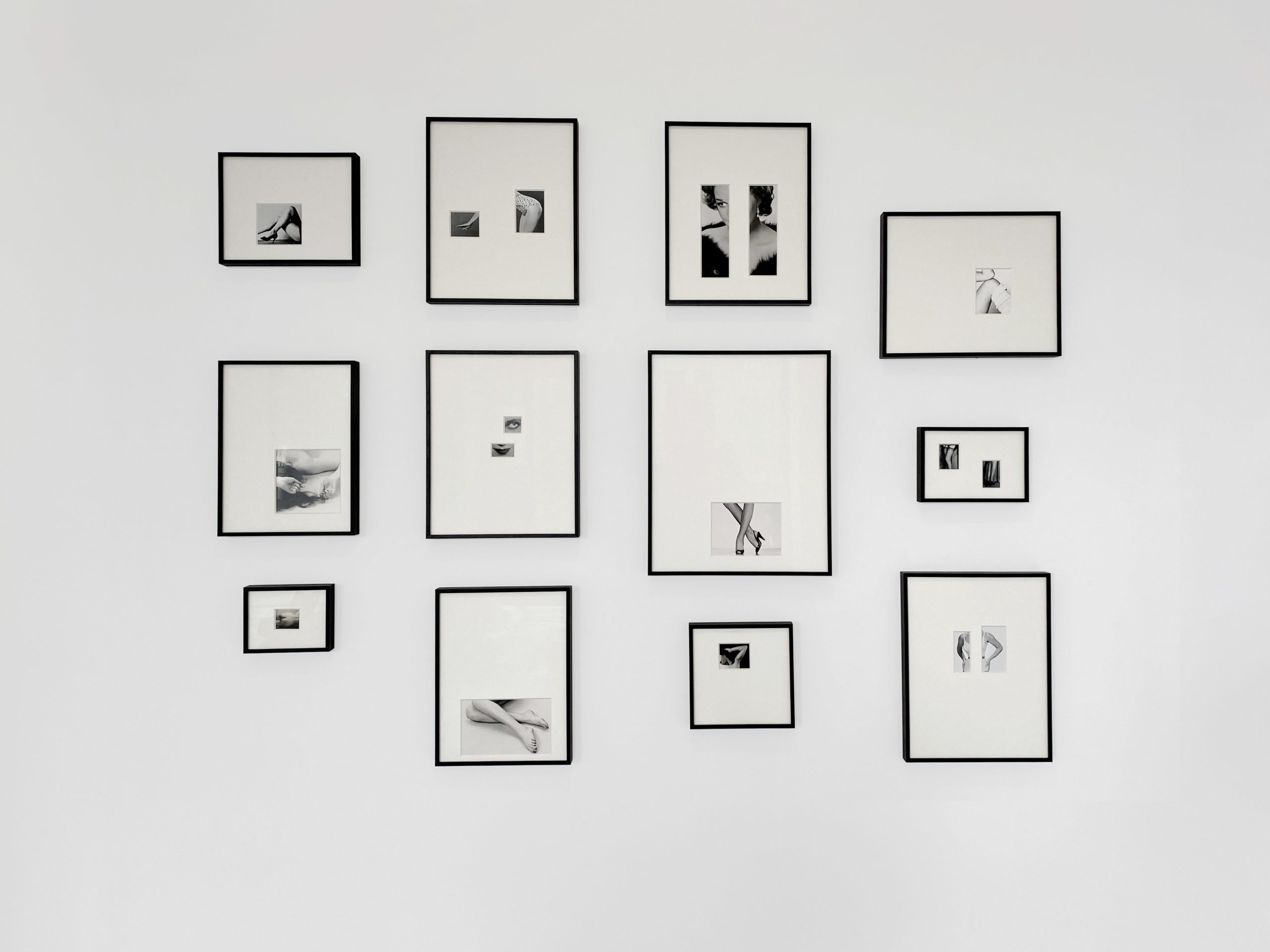“The Vienna-based artist Sissi Farassat (*1969 in Tehran) has always followed the beat of her own drum, continually expanding traditional notions of the medium of photography. For years, she has been exploring and devising various strategies in order to decelerate the photographic process as well as the way we view of her works. For Farassat, the photo and the print are only the beginning of her creative journey, because what follows are long days and evenings of elaborate handwork and delicate alterations. The print is often embroidered, perforated, studded with stones and sequins, decorated with threads or tinsel, applications that used to be denoted as feminine handicrafts, but that have since become much more widespread.
Subsequently, in her latest series Sissi Farassat’s reinvents what interests her most about photography, that is playing with what is visible and what takes place in our minds when looking at images. For that end, she has been collecting old anonymous photographs on flea markets around Europe, usually portraits or nudes, and cutting window mats that allow only particular parts of these prints to remain visible. The size of the frame and the location of the mat opening tell the viewer more about the image without fully revealing it. Here, the imagination of the viewer ought to fill in the rest. The anonymity of the person depicted and the deliberate concealing of most of the image, toys with contemporary limits of privacy and the right to one’s image as well as the ubiquity of social media exhibitionism and voyeurism.
This work clearly harks back to Farassat’s previous practice that sought to draw out the photographic moment by contemplation, manual labor and elaborate manipulation. Although she always seeks to formally adorn and even ennoble photographic prints as well as lend them a plastic and haptic dimension, she also intends to focus our attention and in the process questions what we see, how and why.”
Daniel Blochwitz










